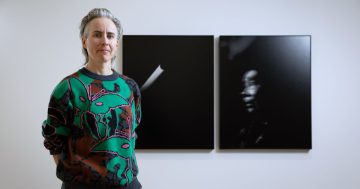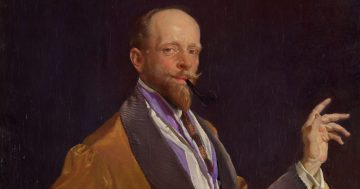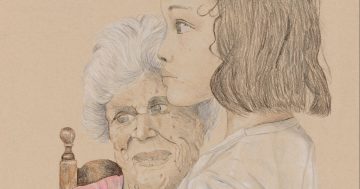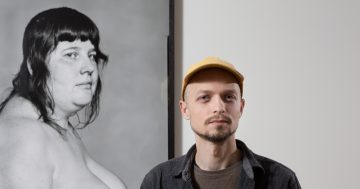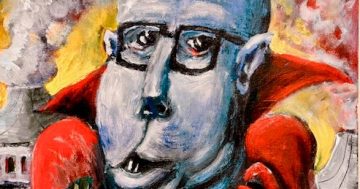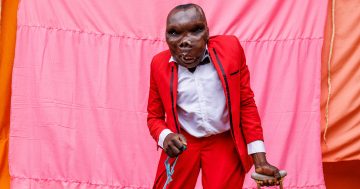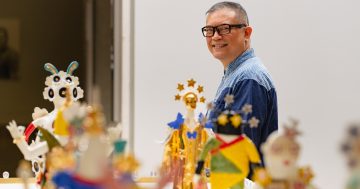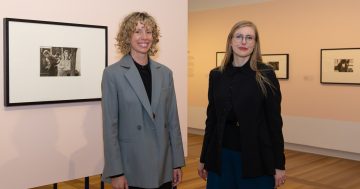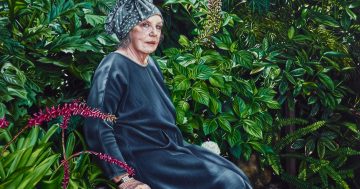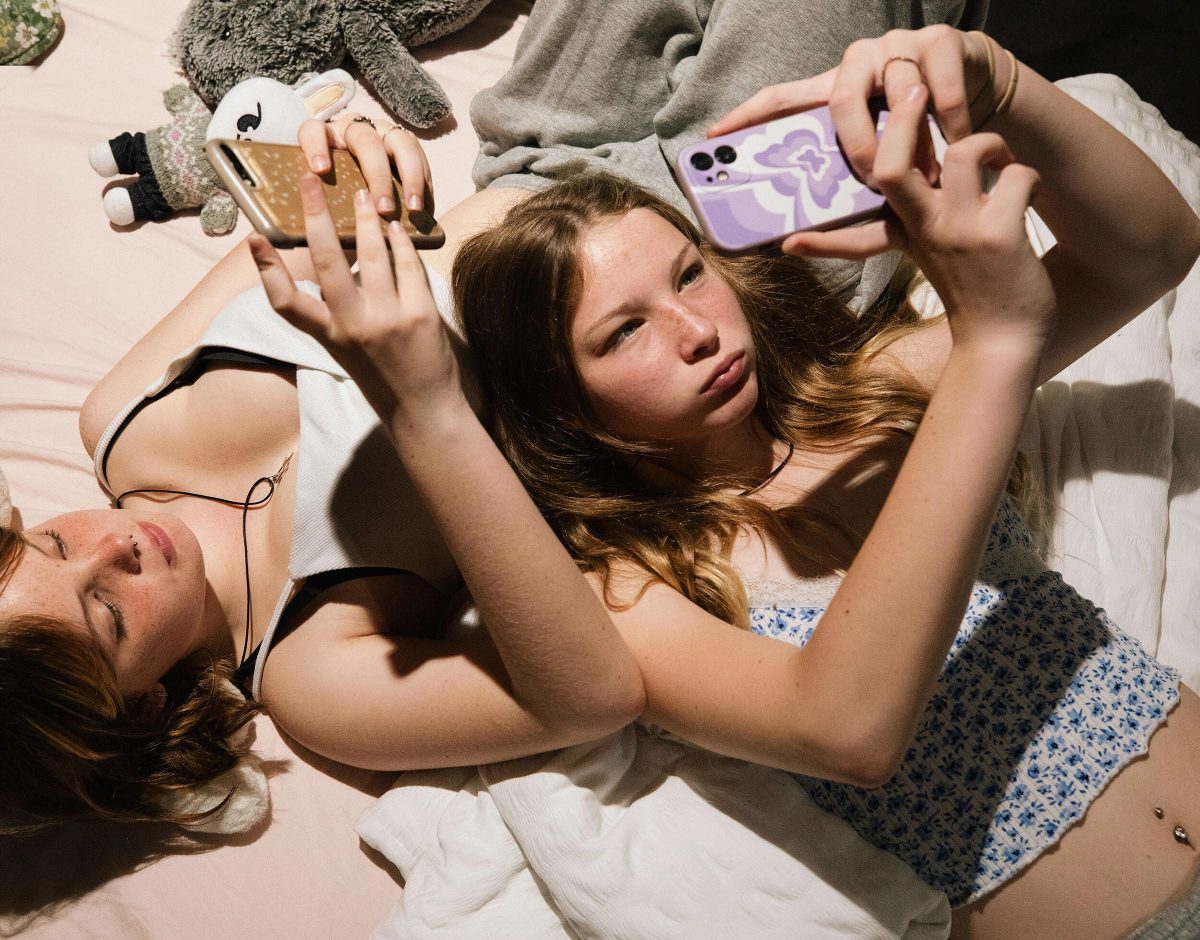
National Photographic Portrait Prize 2024 finalist Juliet Taylor, Teenagers 2024, 2024, digital type C print on paper. Photo: NPG.
Presently, there are four major portrait prize exhibitions being exhibited in Australia; The Archibald and the Salon des Refusés in Sydney and the Darling Portrait Prize and National Photographic Portrait Prize at the National Portrait Gallery in Canberra.
As a general observation, the main difference between the Sydney and Canberra shows is that the Sydney portrait prizes are all firmly anchored in the previous century, while the Canberra ones speak of the present – ideas on art and portraiture in the third decade of the 21st century.
True, some people are more comfortable with the shiny glitz of big heads in flashy colours or hyperrealist photographic-like painted portraits and may embrace the Sydney circuses, but the Canberra prizes are more challenging, some are confronting, and most of the selected entries make you think.
Being made to think is not always popular, but it tends to be quite rewarding.
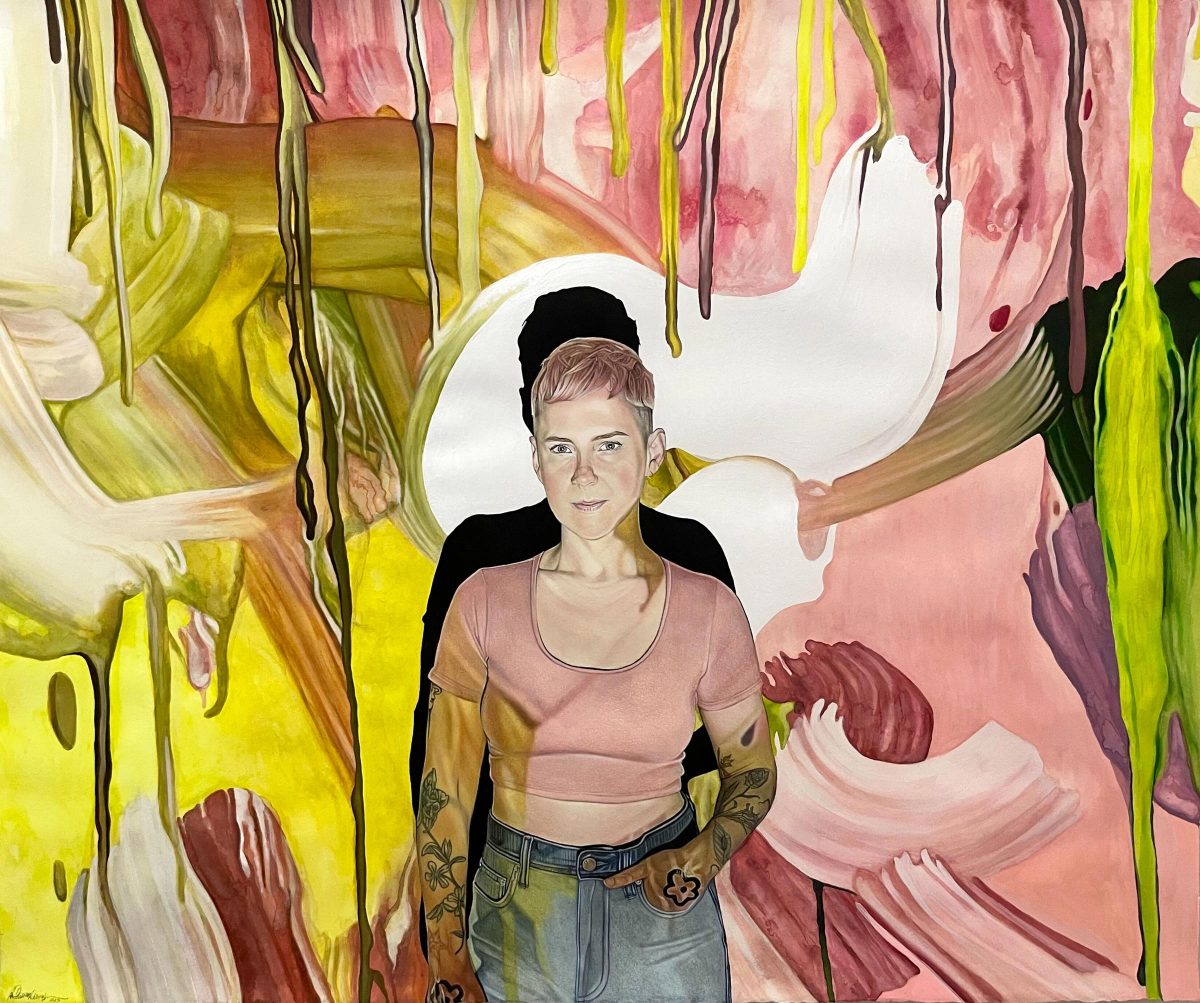
Tom Christophersen, There is no collective noun for rainbows, they are just rainbows, 2023, watercolour pencil, watercolour paint and synthetic polymer paint on watercolour paper, Darling Portrait Prize 2024 Finalist. Photo: NPG.
The demarcations are not set in concrete and the same artist, Dagmar Cyrulla, appears in both the Archibald and in the Darling portrait prizes, but this is a bit of an aberration.
One could also note that it is twice as easy to get into the Archibald as into the Darling with both prizes attracting about 1000 entries with 57 Archibald finalists and only 24 in the Darling. The competition for the Photographic Prize is even more intense with about 2000 entries yielding only 34 finalists.
The key to the differences lies largely in the process – the Archibald is judged by the trustees of the Art Gallery of NSW, most of whom have deep pockets and high profiles in the business and media worlds: both of these makes them ideal as gallery trustees but they have no real knowledge of art.
The National Portrait Gallery judges are all hard-core art specialists – professional curators, artists and art historians – who between them have spent many decades informing themselves on art matters.
Also the Portrait Gallery, in an attempt to level the playing field, has abolished entry fees for their competitions. Fifty dollars to enter the Archibald may not sound like much, but with most artists living below the poverty line, every dollar matters.
Also, the Archibald and the Portrait Gallery prizes have started to pay their finalists an exhibiting fee, a welcome sign of growing professionalism.
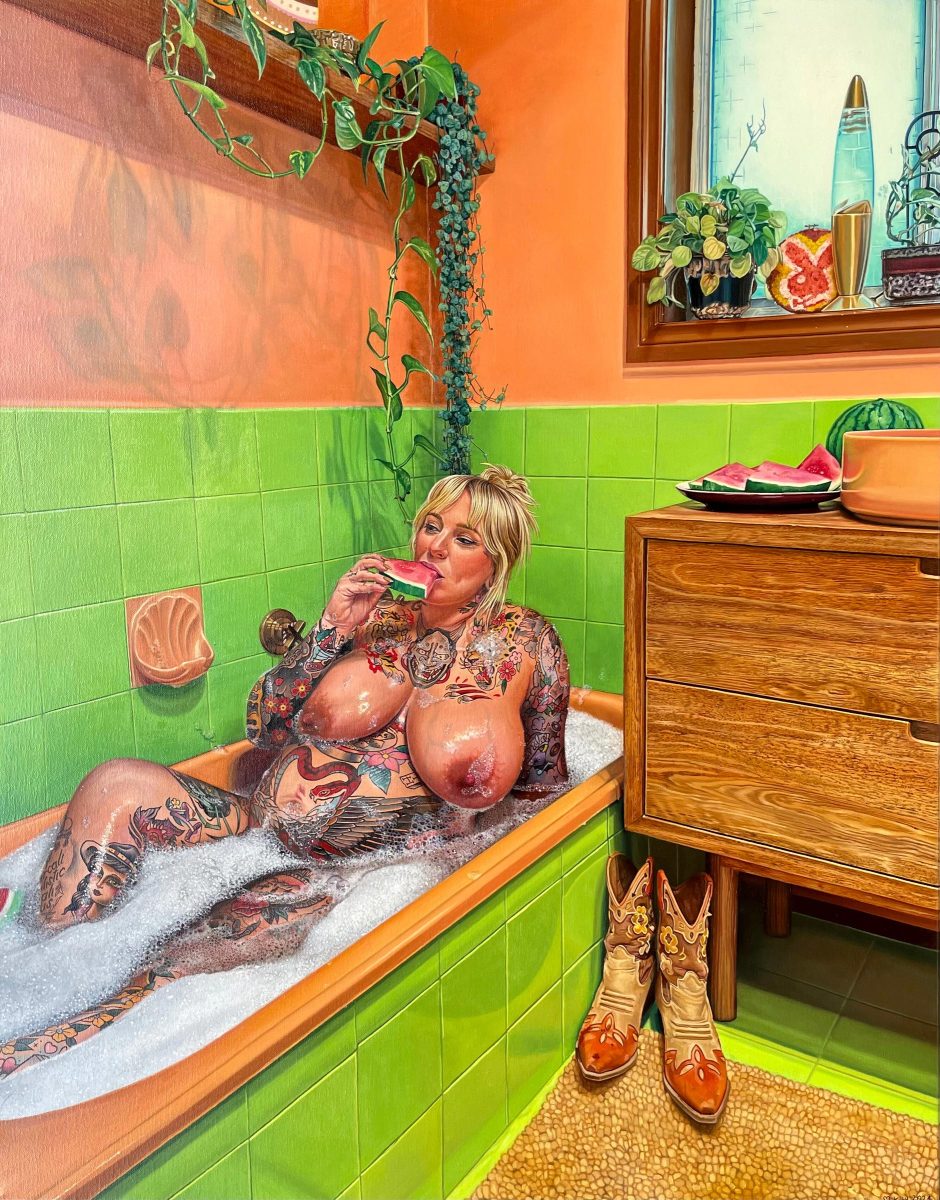
Kat Weir, Mel, 2024, oil on linen, Darling Portrait Prize 2024 Finalist. Photo: NPG.
The Darling Portrait Prize with a prize purse of $75,000 presents a strong and refreshing body of work with some especially memorable paintings by Tom Christophersen, Kat Weir, Noel McKenna, Matthew Clarke and Dagmar Cyrulla.
The judges awarded the prize to the largish oil painting, Noel McKenna’s William Nuttall with horses in field, 2023. It may not be the obvious choice, it is nevertheless a picture that grows on you with prolonged viewing and is quite clever in its simplicity. It is also a homage of the artist to his Melbourne gallerist of many decades standing.
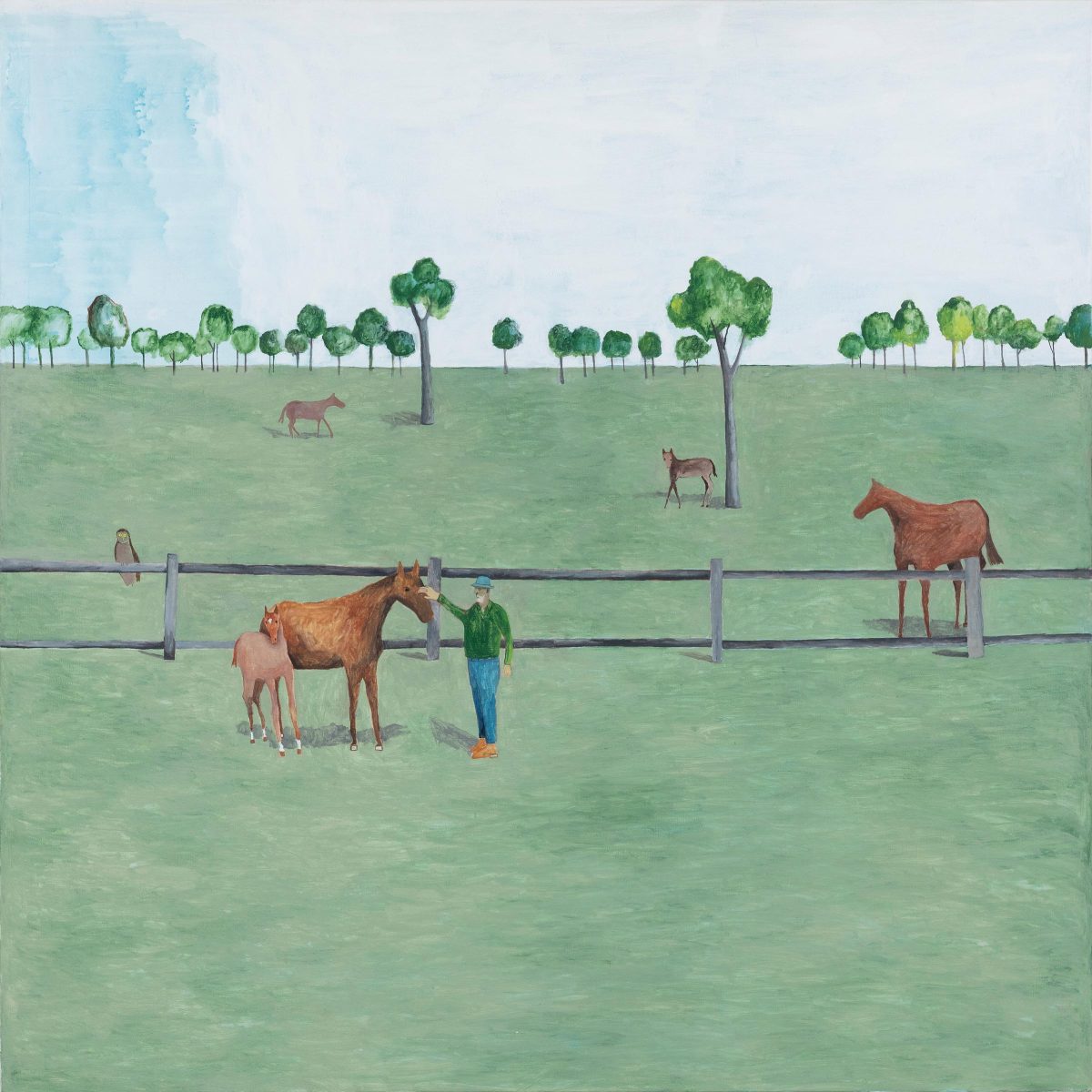
Noel McKenna, William Nuttall with horses in field, 2023, oil on canvas, Winner Darling Portrait Prize 2024. Photo: NPG.
The National Photographic Portrait Prize, in some ways, is more radical than in previous years and is heavily biased to First Nations photographers and subjects. Some of the more memorable exhibits include photographs by Naomi Hobson, Wani Toaishara, Tamara Henderson, Luke Currie-Richardson, Juliet Taylor, Dean Cross and Amos Gebhardt.
The judges awarded the $30,000 prize, plus $20,000 of camera equipment from Canon, to Amos Gebhardt’s mysterious and intriguing portrait of the acclaimed Waanyi author Alexis Wright, who in the photograph is lit by moonlight. It is an arresting image that champions slow art and whereas many associate the photograph as a frozen instant in time, here we have to pause, peer into the image, and have it slowly reveal itself to us.
Although personally I have reservations about the validity of prizes as the best strategy to assemble an art exhibition, this one has variety, depth and some spectacular portrait images.
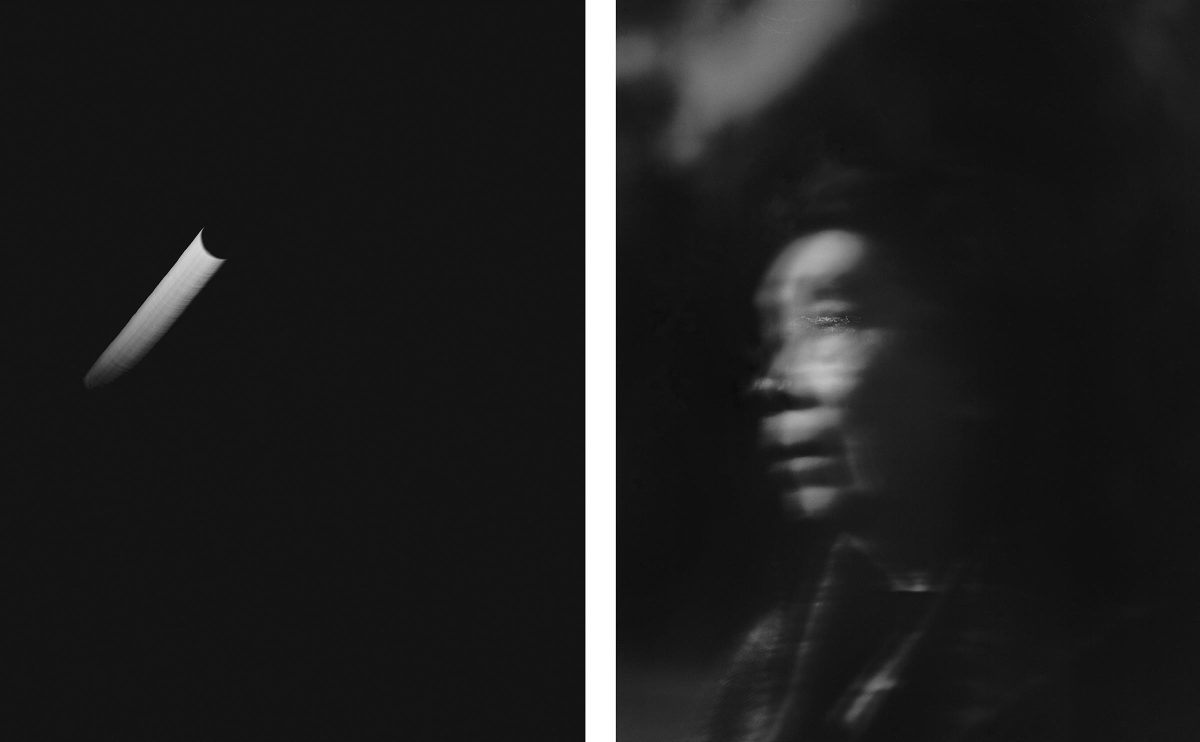
Amos Gebhardt, Alexis with moon, 2024, pigment photographic prints on paper, winner, National Photographic Portrait Prize 2024, Photo: NPG.
The Darling Portrait Prize & National Photographic Portrait Prize 2024 is at the National Portrait Gallery, King Edward Terrace, Parkes, from June 22 to October 13, daily, 10 am to 5 pm. Entry fees apply.












